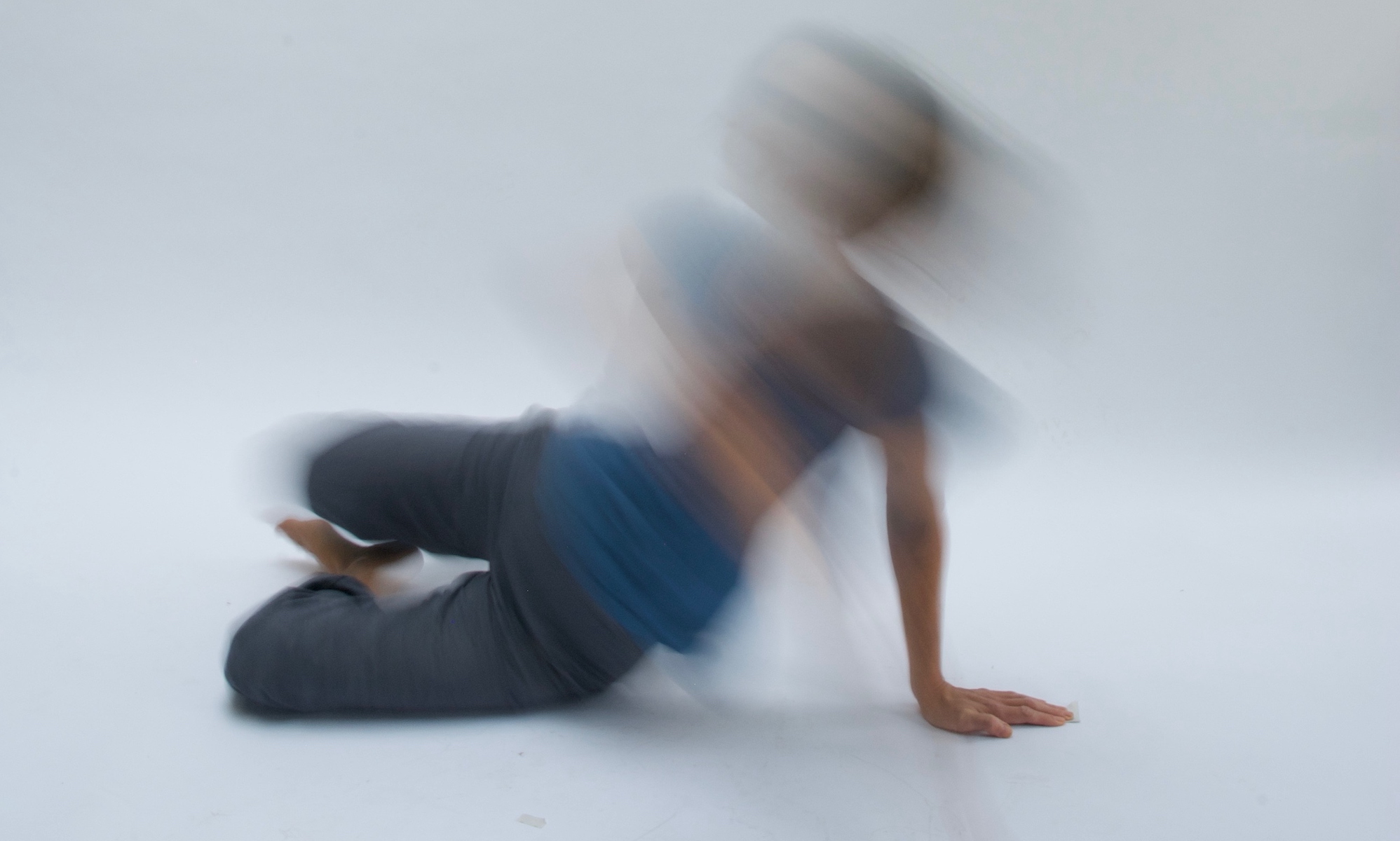
Over 12 years of teaching the Feldenkrais Method I have come to realise how much the ability to breathe and move freely and not feel the need to push, strain, brace or pull oneself together tightly depends significantly on our fundamental sense of safety. Whether it is through many little experiences, a persistent condition, injury or major trauma, many of us discover at some point that we are vulnerable.
But the important thing is what we learn from that. Do we learn that we can repair and recover or that we are at constant risk of being in pain or even overwhelmed? We are not always free to choose what we learn in the moment, and once the ‘rug has been pulled’ and our sense of safety is damaged, even in small ways, it can be hard to restore it. We can find ourselves stuck in some form of vigilance, collapse, or anticipation of danger or pain. Not all of us have had to face major trauma, but most of us have experienced enough injuries and every day trials to have been affected. Sometimes in ways we don’t know.
Safety was an issue in Moshe Feldenkrais’s life. He was Jewish. Born in 1904 in a Jewish area of what was then part of Russia, he escaped one pogrom in a cellar aged two. At thirteen he set out for the British mandate for Palestine on his own, with a handful of change and a revolver in his boot. He was in Paris when war broke out again and fled to England to escape the advancing Nazis. He taught himself and others unarmed combat in Palestine and in Paris became one of the first judo black belts in the west. This was a man who even late in life still had a coat with several currencies and a passport sewn into the lining. Just in case. Resilience, adaptability and recovery are key themes of his teaching; the fragility of safety something that arguably underpins it.
This is too big a theme to cover adequately here, but I propose you keep it in mind. A major theme of many lessons addresses our sense of safety in the most basic way of all: how do we find the support to stay upright? How are we able to balance – to constantly lose and re-find our equilibrium – with our precarious two-legged stance and comparatively high centre of gravity? How do we support a big heavy head, let alone have the agility to tilt and turn it? How are we able to shift from one leg to another, push, pull or lift? It takes a most elegant organisation of our whole system to achieve these things optimally.
What happens to this organisation when we have learnt we are not safe? Try it. Imagine you are in danger. Some places may grip or slacken. Breathing, heart-rate, focus, guts and more may be affected. Your system is doing whatever it can to protect you and should recover its equilibrium when the sense of danger is passed. However, many repetitions or too great a shock can teach us to remain in a state of vigilance or self-protection at some level. That disruption then creates its own cycle of difficulty as our systems then have to find less optimal ways to keep us upright, moving and breathing as well as possible. Even a small injury or discomfort can bring a shift as our systems seek to immobilise or protect us.
It is often in classes (‘Awareness Through Movement’) or hands-on lessons (‘Functional Integration’), that we come across those places that we habitually tighten, hold or brace in an attempt to provide the safety that, ironically, those very habits may not let us access. We have a chance to uncover and even let go of protective patterns in small ways, usually with minimal risk, and re-discover the sense of safety that the architecture of the skeleton can enable, and that a more even muscle tone and balanced nervous system setting can offer.
It’s often not about big emotional discoveries, but a simpler, deeper response. Just now a new client emerging from a long period with a frozen shoulder said to me ‘I feel you are helping my system to feel safe again. I feel calmer, more able to feel present and move in a more organic way again instead of just anticipating pain.’ I was delighted. His shoulder was not magically healed, but it was truly wonderful to hear someone experience and articulate that potential pathway to recovery so clearly after just one hour.
(Moshe Feldenkrias’s epic life story can be found in Mark Reese’s wonderful biography ‘A Life in Movement’ vol 1, but for more bite- sized reading try Norman Doidge, ‘The Brain’s Way of Healing’ Chapter 5)
Click here for a 20 minute audio lesson I recorded for the Feldenkrais Guild on this theme.

